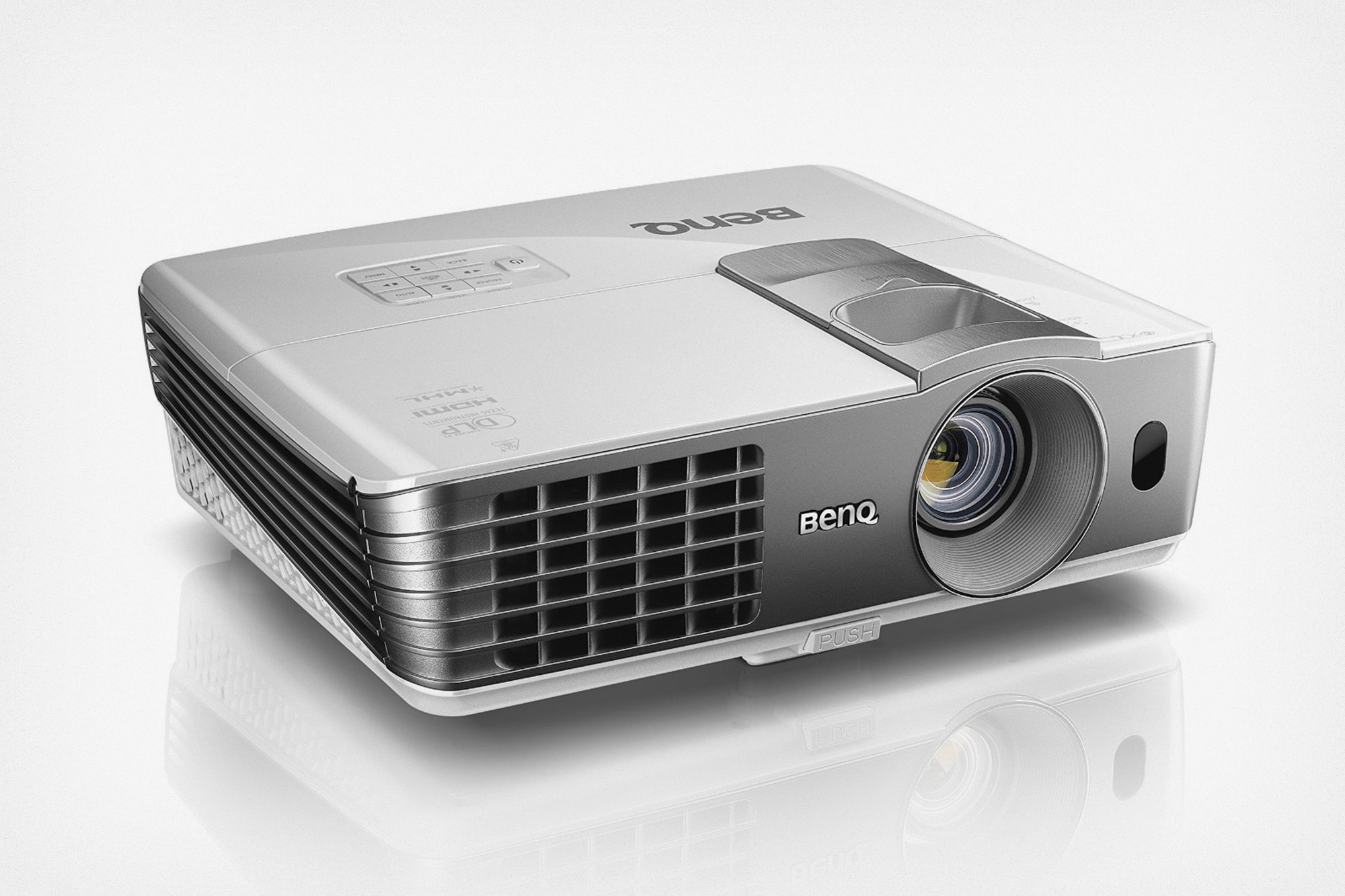

As the computer projectors got smaller, lighter, and cheaper they became popular with mobile presenters. As is true with most new technologies, the first offerings of the computer projector were big, heavy and expensive with image quality that pales in comparison to today's projectors. It essentially combined the overhead projector and the digital projection panel into one device making it considerably smaller and more easily transported. Projection panels are still in use, but as prices drop and performance continues to improve, they are quickly being replaced by data projectors, video projectors and multimedia projectors.Ĭomputer Projectors - the fully integrated digital data projector came into existence in the early 1990's and served primarily as a computer display projector for business, education and training.

Within a year of their introduction, video projector panels were introduced and were quickly followed by multimedia projector panels that could support video and data. It effectively became a giant monitor for the computer allowing fully interactive presentation, education, and training making them the first digital projectors. A digital projection panel was essentially an electronic sheet of paper in a box about the size of a large book that when plugged into a computer could display the image using the light and optics of the overhead projector. The LCD was similar in size to that found in a notebook computer except that the electronics on the back of the LCD were unfolded to allow light from the overhead projector to pass through the LCD. The digital projection panel consisted of a large LCD, electronics, cooling fan, and a plastic or metal enclosure with a glass plate on both sides of the LCD. Overhead projectors are still widely used.ĭigital Projection Panels - In the late 1980's overhead projectors found further use with the introduction of digital projection panels. One of the benefits of the overhead projector is the ability to annotate the projected image while presenting. Once created, the transparency can be placed on an overhead projector and projected onto a wall or screen using a lamp and optics that are built into the projector. A transparency of any document can be easily generated with a copy machine. Overhead Projectors - In some ways an overhead projector is very much like a slide projector in that the information to be viewed must be transferred to another medium, in this case a transparent sheet of flexible material known as a transparency. Regardless, there is still a market for slide projectors as other companies still include them in their product lineup. Kodak, the leading supplier of slide projectors, discontinued production in October 2004. While there is a cost associated with creating slides, the benefit is the versatility of the device. Unlike opaque projectors, slide projectors require that the presented material be transferred to a 35mm slide allowing the user to project virtually anything that can be can put on film. Slide Projectors - Slide projectors have also been around since the 1950's.

Documents, photos, magazines, books, and small 3-dimensional objects can be projected with the opaque projector provided the user remains mindful of the heat generated by the light source and the potential for damage to heat sensitive documents or objects.

In use for nearly sixty years, the opaque projector projects the object by shining a bright lamp on the material to be viewed and directing the reflected light through a projection lens. This is achieved by turning to the page and placing the entire book into in the opaque projector. Opaque Projectors - One of the earliest forms of projection, the opaque projector, allows the user to project printed material or small objects without having to convert them to another medium.Īn example of such an application would be projecting the contents of single page of a book onto a wall. The opaque projectors which were the sole option of the 50’s have given way to a multitude of options in the 21st century where one’s choice of technology will likely hinge on the material to be projected. Although the technology itself has changed dramatically since that time, conceptually it has remained the same. Corporate America was first introduced to projection technology in the 1950s.


 0 kommentar(er)
0 kommentar(er)
